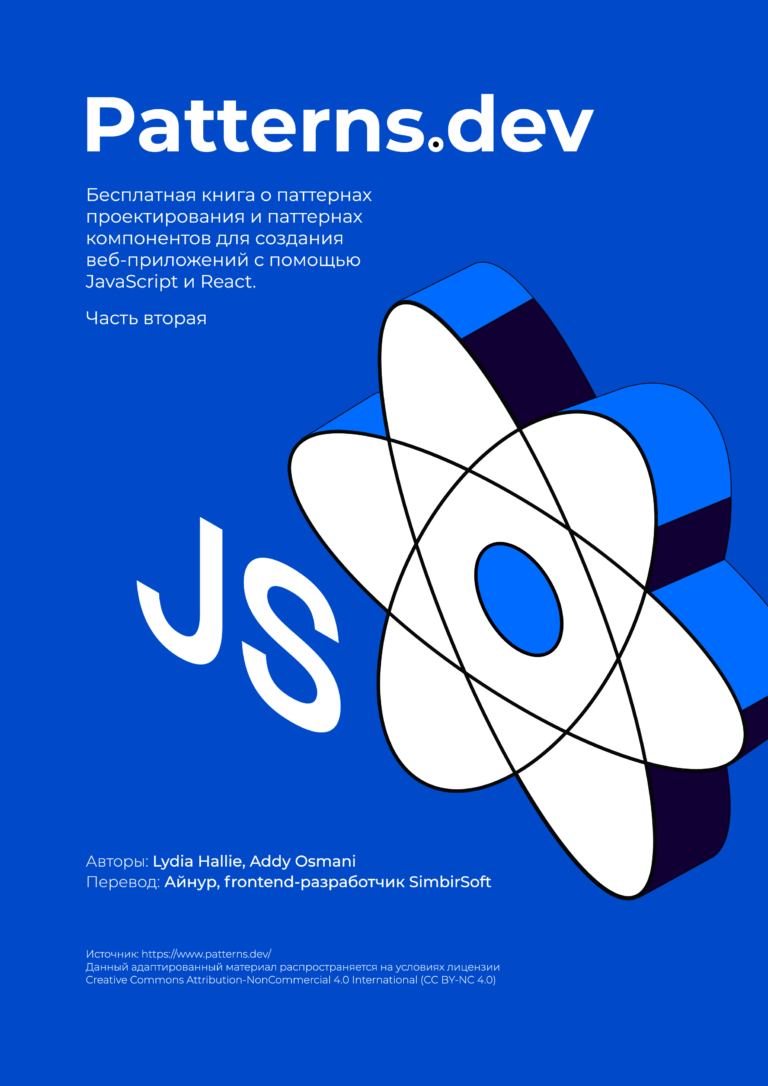How to build a hiring system when you don’t have one and also make it cheaper
In 2016, I came to the university where I had previously studied, and just from the threshold: “Could you give us students? Maybe you need practice? And we agreed – they supplied me with students.
It is clear that it will be difficult to do this now – many years have passed, large companies are doing their best to process students from large universities in large cities. But a lot of small towns are not yet occupied…
Probation
IP is the coolest thing that humanity has come up with. It can really test a person.
Basically, you need to create a larger funnel so that more people enter it and you can screen candidates in a short time. The fact that EVERYONE will pass the IS is unlikely, but for this we need a large funnel so that as many people as possible reach the end – after all, we need them.
Nuance. You DO NOT NEED to keep a candidate for two to three months on an IP. You can understand a person in a week or a day. Moreover, “ready” developers will not sit on the IP for three months. And there won't be three weeks. And they won't be for a week. We won't kick him out for a test week, that's absurd. All we have is one or two test days when we can “try it out.” Therefore, the funnel should be large.
What to do if the candidate has little experience but a lot of passion? At this point you can do things like this.
Work for experience.
Piecework.
Test week.
I basically tried everything.
Work for experience – well, that's it. It doesn’t always work, because people have to be super active and not fall off along the way.
Piece work is something similar to work for experience, a little better, but it also works every once in a while.
But the test week works best. I once hired about 8 people from other areas, among whom were managers and one builder. He simply suggested: “Take sick leave, come to us, try to work. You, as a developer, are not ready yet, but we are ready to take you on. Do you want us to try it?” And that's how people came. Quite a normal case.
Nuance. These three methods work for people with absolutely no experience. That is, they sit at home, try to program and gain experience in commercial development.
All test periods must, of course, be paid for. Nobody forbids making a GPC agreement for some time. We suggested that the candidate take sick leave, and we pay for the test time according to the contract if he does not want to quit right away. It is possible without GPC, to agree verbally, but everything must be paid honestly. If you lie at this stage, then there will be no further 100% trust.
Moreover, onboarding can be considered IP. And it doesn’t matter – a big company, a small company, there should be onboarding in any place. Relatively speaking, a developer comes, but you have no documentation. “Sit down and study the module and write the documentation.” This is already a benefit for the company – you will already check whether he can read the code. Or give him a test environment where he can dig into Git, make some pull requests, and so on. There is nothing complicated about this at all.
Analytics
It’s corny, but it needs to be done.
There is a hiring manager, there is HR, and they must sit down together and start thinking. For example, for some reason many people came to us using a completely different programming language than the one we needed. Why did this happen? Or maybe the fork is wrong? Or maybe the channel is wrong? If we think, sit down together and change the channel, then this can already bring us, say, 20 responses instead of 2. Analytics needs to be taken seriously.
Our hiring manager and HR sat down together and came to some kind of consensus. For example, there is some kind of iteration when we have a stream of people for two weeks. Accordingly, then we begin to look at the metrics: how many people came, how many did not fit the bill, how many did not fit the technology, and so on. We sit together and talk about it. At the same time, we have neither KPIs nor SLAs, we are just talking. I don’t believe in KPIs in hiring at all – usually it all leads to a colossal failure.
But, unfortunately, most often for some reason we are all separated: HR performs its task, the manager fulfills his. This is not very clear to me, of course, but oh well.
Let's sum it up
Collect the project criteria with which you already want to hire whoever you need.
You definitely need to study the market, and not just throw in “Hey, we’ll hire someone now.” It doesn't work that way.
It is imperative to choose technologies taking into account both our capabilities and business needs.
Be able to competently package an offer that the applicant is ready to accept.
It is imperative to find people with great potential.
You need to start hiring right now, before the business arrives.
I told everything above from the point of view of the hiring manager, who is responsible for technology, for the team, for how a person immerses himself in the team. The fact is that in most cases when I hired, I did not have HR (there were exceptions, of course). But nothing prevents the manager from sitting next to HR and teaching him everything. What usually gets in the way is that in our industry, tech and HR don't interact with each other.
Well, we need to build a system. I talked about all these life hacks and things. But they need to be done not when business has already arrived and “That’s it, we’re growing 2 times.” This needs to be done now. You and the developer must agree to hold some meetups, create an onboarding system, and much, much more. And right now. Even if you, again, are a small company, what’s stopping you from speaking at the same conferences, telling something, writing something? It's more a question of desire.
At the end there is a small lyrical conclusion. I understand that there seem to be no people in our market, it’s hard to find and so on. In fact, there are people. I believe that among the hundreds of candidates considered, it is possible to assemble an excellent champion team of 10-20 people who we can afford.
Many people forget that our task is not to screen 1000 people, but to hire 10.
Arthur's contacts
If you want to save time, go to headz.io. We narrow the funnel, showing only those candidates who fit your profile in terms of technology stack, type of employment and salary.
40 hours of savings with headz.io, average. So much time is spent sourcing cold candidates for one vacancy. Head.z will show only suitable candidates and save time.
20+ IT specializations with proven profiles.
8 out of 10 candidates are not in open sources.




